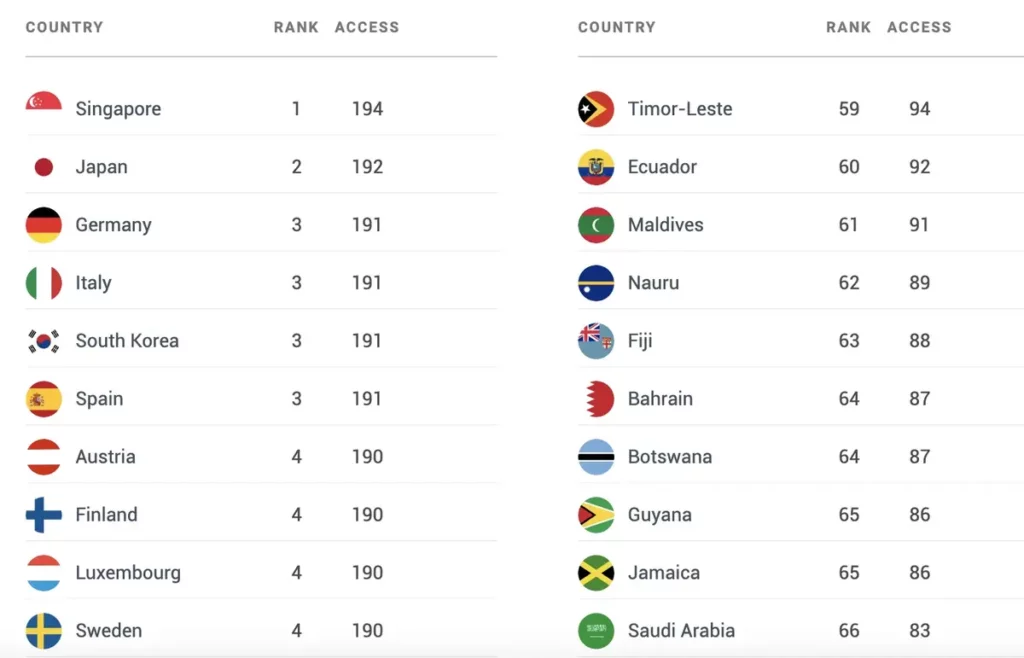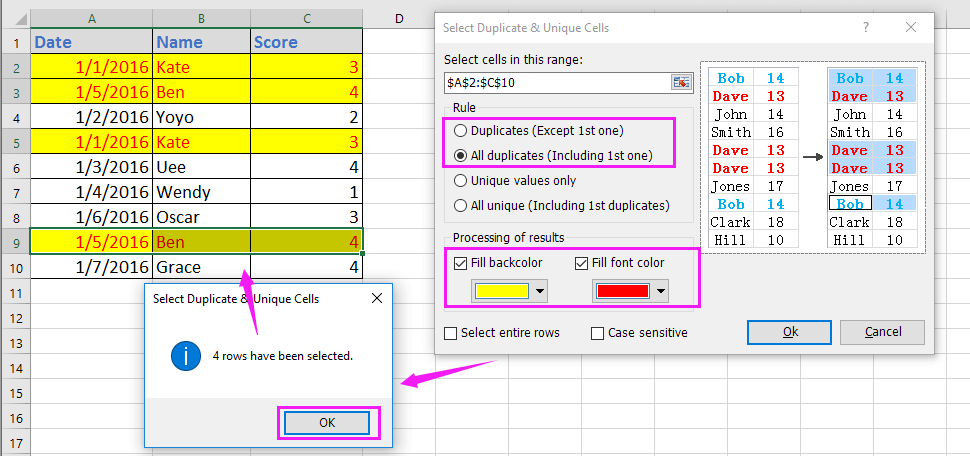5 Ways to Spot Duplicates Across Excel Sheets

In today's data-driven environment, efficiently managing spreadsheets is crucial. One common challenge Excel users encounter is identifying and handling duplicate data across multiple sheets. This task can be particularly daunting when dealing with large datasets spread across several Excel files. Fortunately, Excel offers various methods to tackle this problem, ensuring data accuracy and improving productivity. Here are five effective strategies to help you spot and manage duplicates across Excel sheets:
1. Using Conditional Formatting

Conditional Formatting in Excel is a powerful tool that visually distinguishes cells based on their values. Here’s how you can use it to find duplicates across sheets:
- Select the first range of cells you want to compare.
- Go to the 'Home' tab, click on 'Conditional Formatting', then choose 'New Rule'.
- In the 'New Formatting Rule' dialog box, select 'Use a formula to determine which cells to format'.
- Enter a formula like COUNTIF(Sheet2!$A$1:$A$100, A1)>1 where 'Sheet2' is the sheet you're comparing against, and A1 is the starting cell.
- Set your preferred format, then click OK.
- Apply the same rule to other sheets, adjusting the sheet reference accordingly.
This method lets you instantly see where duplicates lie, making it easier to review or eliminate them.
📝 Note: Be mindful of the range sizes. If your sheets have different dimensions, adjust the range in the formula accordingly.
2. VLOOKUP for Comparing Columns

VLOOKUP is another tool in Excel’s arsenal to find matches across different sheets. Here’s the step-by-step process:
- Assume you have data in Sheet1 (Column A) and you want to find duplicates in Sheet2 (Column A).
- In Sheet1, create a new column (let's say B) and enter the following formula:
=VLOOKUP(A1, Sheet2!A:A, 1, FALSE)
By scanning for #N/A errors, you can easily identify unique entries, making it straightforward to spot duplicates.
3. Utilizing Excel Tables

Excel Tables provide a structured way to manage data. Here’s how you can use them to spot duplicates:
- Convert each range of data into an Excel Table. Go to the 'Insert' tab and click 'Table'.
- After creating tables, go to the 'Table Tools Design' tab, click 'Remove Duplicates', and choose the columns to check for duplicates.
This feature not only identifies but also removes duplicates within the table, helping streamline your data management across sheets.
| Step | Action |
|---|---|
| 1 | Convert ranges to Excel Tables |
| 2 | Select 'Remove Duplicates' from the Design tab |

🛠️ Note: If your data has headers, ensure you're checking the 'My data has headers' checkbox to avoid deleting your headers.
4. Employing Power Query

For more advanced data manipulation, Power Query in Excel is an excellent tool for merging and analyzing data across multiple sheets. Here’s how:
- Go to the 'Data' tab, click 'Get Data', and choose 'From Workbook'.
- Select the Excel file with the sheets you wish to compare.
- Use Power Query to combine the data from various sheets into one query.
- Apply the 'Remove Duplicates' transformation in Power Query to eliminate repeated entries.
- Load the cleaned data back into Excel.
This method is particularly useful for dealing with larger datasets or when you need to merge data from multiple sources.
5. Using Excel Add-ins

If built-in Excel functions aren’t quite cutting it, consider using add-ins:
- Download and install add-ins like Ablebits Duplicate Remover, which provides an intuitive interface for finding duplicates across sheets.
- These tools often allow for advanced filtering options, making it easier to identify and manage duplicates based on multiple criteria.
While Excel's native tools are robust, add-ins can offer a more user-friendly approach, especially for complex datasets.
In the ever-expanding world of data management, Excel remains a fundamental tool for organizing and analyzing information. The methods outlined above not only help in spotting duplicates across multiple sheets but also enhance your ability to work with large datasets efficiently. Whether you prefer the simplicity of Conditional Formatting, the precision of VLOOKUP, or the power of Power Query, Excel has a solution tailored to your needs. By mastering these techniques, you'll not only improve data integrity but also save valuable time that would have been spent manually scanning through sheets.
What are the limitations of using VLOOKUP to find duplicates?

+
VLOOKUP is great for comparing single columns, but it has limitations for more complex searches. It can’t handle multi-column matches, and it only returns the first match found, missing any subsequent duplicates.
Can I use these methods on non-adjacent cells?

+
Yes, you can apply these methods to non-adjacent cells. For Conditional Formatting, you’ll need to adjust your formula to cover the specific ranges you’re targeting. For other methods like Power Query or Excel Tables, ensure your data is organized in a table or consolidated before comparing.
What if I only want to highlight duplicates instead of removing them?

+
Use Conditional Formatting to highlight duplicates without altering your data. This visual approach helps identify duplicates at a glance, allowing you to decide which entries to keep or remove later.



